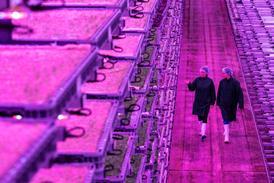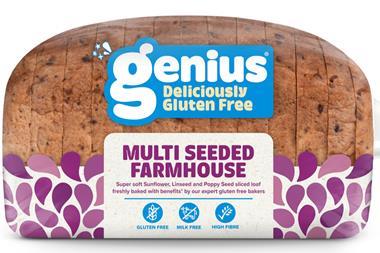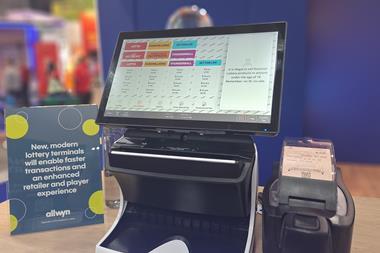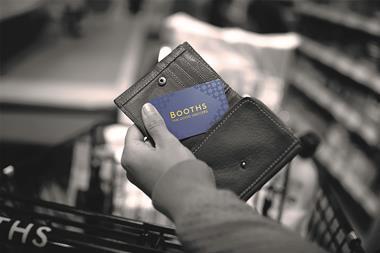UK convenience stores’ sales are set to grow by 29% to £44bn over the next five years, according to the latest IGD forecast.
Of the £10bn in extra sales, about half is predicted to come from symbol groups, and a third from the convenience formats of the multiples.
With today’s market worth £34bn, the increase would represent an average annual growth rate for the convenience sector of 5.1% between now and 2017, compared with 3.5% for the total grocery market.
“People are much more cautious about how they spend their money,” said IGD convenience manager David Shukri. “They’re looking to shop little and often to avoid overspending, and in a convenience store they feel in control.
“There are also more smaller households and people doing less meal planning, so convenience suits our lifestyles.”
The IGD’s research also found the convenience formats of the multiples grew faster than symbol groups for the first time in years. Symbol group sales rose 8.3% from £12.6bn to £13.6bn in the last year, while sales from stores under 3,000 sq ft run by the multiples rose 9.6%, from £5.1bn to £5.6bn.
”Sainsbury’s and Tesco have opened a number of new stores, and we’re also seeing Little Waitrose gaining more traction,” Shukri added. “But the symbol sector is doing a lot of great things in terms of its offer, and is still recruiting a lot of new stores from the unaffiliated, independent part of the market. Those are some of the guys that need a bit more help.”
IGD’s data showed unaffiliated, independent convenience store sales fell 2.9%, and forecourt sales by 2.5%. Sales in c-stores run by co-ops grew 6.2%.
IGD CEO Joanne Denney-Finch said: “The sector is more competitive than ever, with operators offering stronger promotions, greater choice and better value.”
Close menu
- Home
- Retail & Wholesale
-
Products & Suppliers
- Back to parent navigation item
- Products & Suppliers
-
Product Categories:
- Back to parent navigation item
- Product Categories:
- Alcoholic drinks
- Bakery
- Cereals & breakfast
- Cheese
- Chicken & poultry
- Chocolate
- Confectionery
- Crisps, nuts & snacks
- Dairy
- Fish
- Fresh produce
- Frozen
- Household
- Meat
- Own Label
- Sauces & condiments
- Seasonal
- Soft drinks
- Vaping
- Vegan & plant-based
- World foods
- Suppliers
- People
- Reports & Data
-
Topics A-Z
- Back to parent navigation item
- Topics A-Z
-
Popular topics:
- Back to parent navigation item
- Popular topics:
- Cost of living crisis
- Crime
- Deposit Return Schemes
- Finance
- Government & Regulation
- Health
- Inflation
- Loyalty
- Marketing
- Mergers & Acquisitions
- New Product Development
- Sourcing
- Supply chain
- Sustainability & environment
- Technology
- Ultra Processed Foods
- Vaping
- A-Z all topics
- Content by type:
- Events
- Subscribe now
IGD: convenience-store sector to outgrow supermarkets, adding £10bn in sales by 2017
By Elinor Zuke2012-07-28T00:00:00+01:00
Sign in to comment on this article
Not logged in before? Register for FREE guest access today.
You will be able to:
- Read more stories
- Receive daily newsletters
- Comment on stories
Advert
Related articles
More from News
© William Reed Ltd 2025. All rights reserved.
Registered Office: Broadfield Park, Crawley RH11 9RT. Registered in England No. 2883992. VAT No. 644 3073 52.
Website Terms | Privacy Notice | Cookie Statement | Cookie Preferences
Registered Office: Broadfield Park, Crawley RH11 9RT. Registered in England No. 2883992. VAT No. 644 3073 52.
Website Terms | Privacy Notice | Cookie Statement | Cookie Preferences
Site powered by Webvision Cloud



















No comments yet